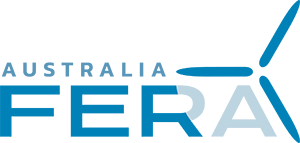Community
our commitment
Fera is committed to working closely with the local community to develop wind projects that are an important part of Australia’s transition to sustainable energy production. Once these wind projects are established, Fera will provide funds back to the communities to develop local projects that will be determined by the local community. Each project predicted to create a legacy for the local community that continues beyond the operational life of the wind farm.
As a project transitions from desktop investigation to potential project, it will continue to change based on a wide variety of inputs including:
- Wind monitoring
- Landholder interest
- Community and stakeholder inputs
- Culture and heritage
- Flora and fauna investigations
- Access and physical assessments
- Noise and traffic modelling
- Grid connection

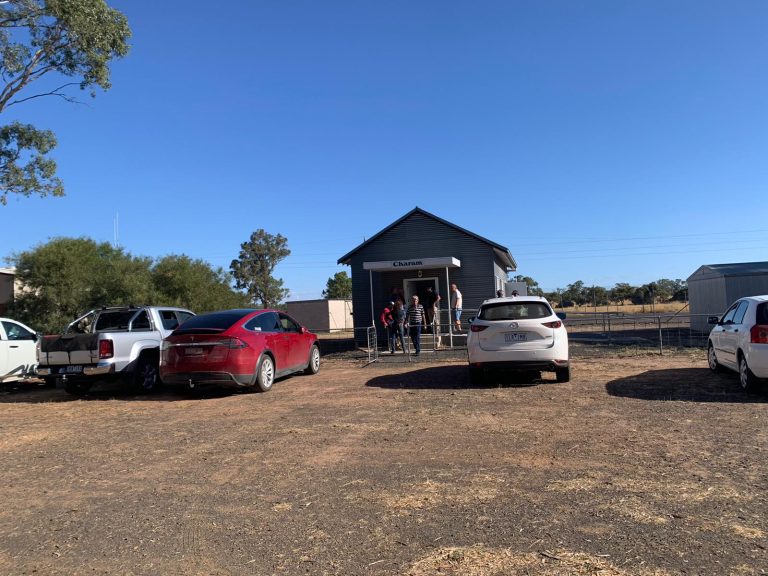
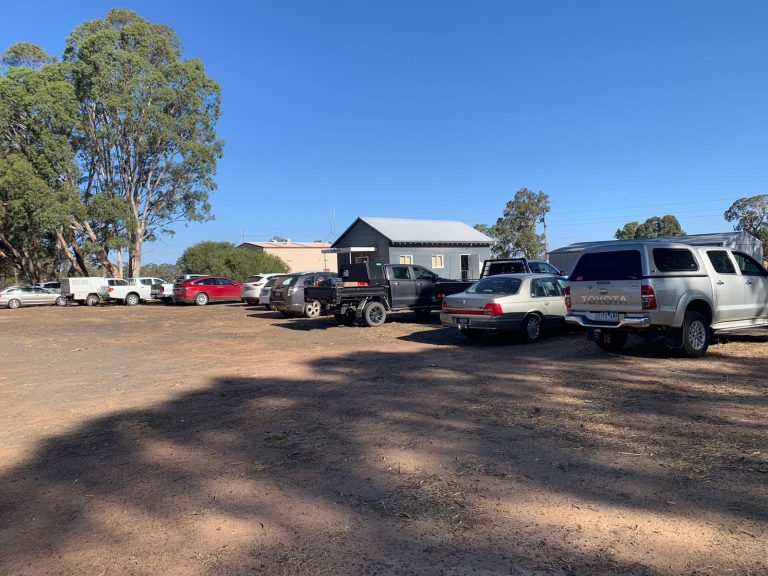
planning
Planning for a wind farm will takes a number of years. Throughout this time, Fera will hold regular community information days where the team’s experts will travel to local venues providing the community an opportunity to contribute their thoughts and inputs as well as being updated on the project’s progression.
To ensure the community maintains a strong involvement in the project once development has commenced, Fera will establish a Community Consultative Committee (CCC). The CCC will be managed by local community members and receive annual funding for community projects.
fund aims
• Deliver wide benefits and ensure a strong connection across the local community
• Support the work of existing and future organisations
• Encourage local innovation and support for issues of significance
• Promote local awareness and education on the benefits of sustainable renewable energy
• Continue to maintain strong relationships across the local and wider communities
community benefits
The committee will ensure the CCC projects benefit the economic sustainability of the local community beyond the lifetime of the project. Our aim is to include landowners in projects whereever there is interest in being involved.
Regarding the wind projects that will fund the CCC, no turbines will be located within 1 km of any dwelling. In the case of nearby houses that are within 2 – 3 km of a turbine, each of the homeowners will be contacted to develop a solution that minimizes any visual impacts.
landowners
Fera’s principal is to work with all landowners in the surrounding area.
Key criteria for landholder involvement:
• Interest from the landowner to participate
• Location of residence on property and adjacent properties
• Topography and geology of the property
• Investigation of associated infrastructure

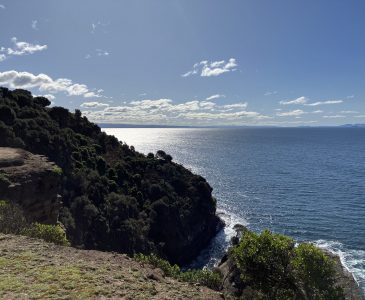
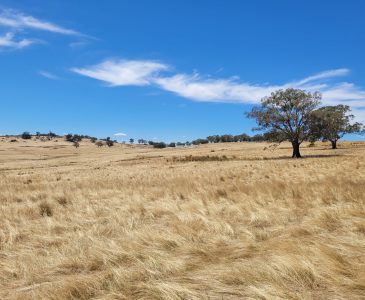
initial program elements
CCC projects will provide lasting value to the local community. The initial program elements include:
• Community Car Charge Station (Free wind energy direct to Electric vehicles)
• Upgraded telecommunications
• Funded projects for the community (CFA, Schools, Sporting clubs)
nearby homes
All planned turbines will be located more than 1km from homes, including those on adjacent properties. Through the investigation phase of the project, Fera will seek to minimise the impacts of planned turbines and work closely with homeowners that are situated 2 – 3 km from a turbine. Please contact us to discuss your property, and we can arrange a meeting to discuss and minimise the impacts of the project to your property.
impact mitigation
Fera is dedicated to minimizing impacts associated with its projects. These include the following:
• Visual:
Following a detailed program of investigation and consultation, a final layout will be confirmed for the project. This will include turbine locations, underground cable layout between turbines and a determined alignment for the above ground transmission line connection between the project substation and the main grid.
• Noise:
Detailed, geologically specific, noise assessments will be undertaken to ensure there is no disturbance to the surroundings. Performed by professional third parties, assessments will not be undertaken in a vacuum and will consider the geographic uniqueness of each site in question.
• Agricultural Production:
The turbines occupy a small percentage of host farms and allow for all agricultural needs to be performed beneath their occupied area. New easements and internal roadways will be created in consultation with each of the landowners to ensure the infrastructure also facilitates improved operations for the property. The construction program will be worked through with each farm to minimize impacts to farm operations.
• Traffic and Construction:
Detailed traffic management plans for transport of wind farm components will be developed in conjunction with the local councils to ensure access is maintained throughout construction. In the event of a bushfire or natural disaster, all roads will be accessible.
• Socio-economic:
In developing the community benefit scheme and CCC, a key focus has been to more directly deliver the benefits of the wind farm within the immediate surroundings. Employment will be prioritised for local jobs and business.
• Culture and Heritage:
Fera will meet with the local indigenous community to build a detailed knowledge and understanding of the area’s cultural heritage. In particular, any areas of significance that must be avoided. We will look to reinforce the protection of sensitive areas and celebrate the history of the area.
